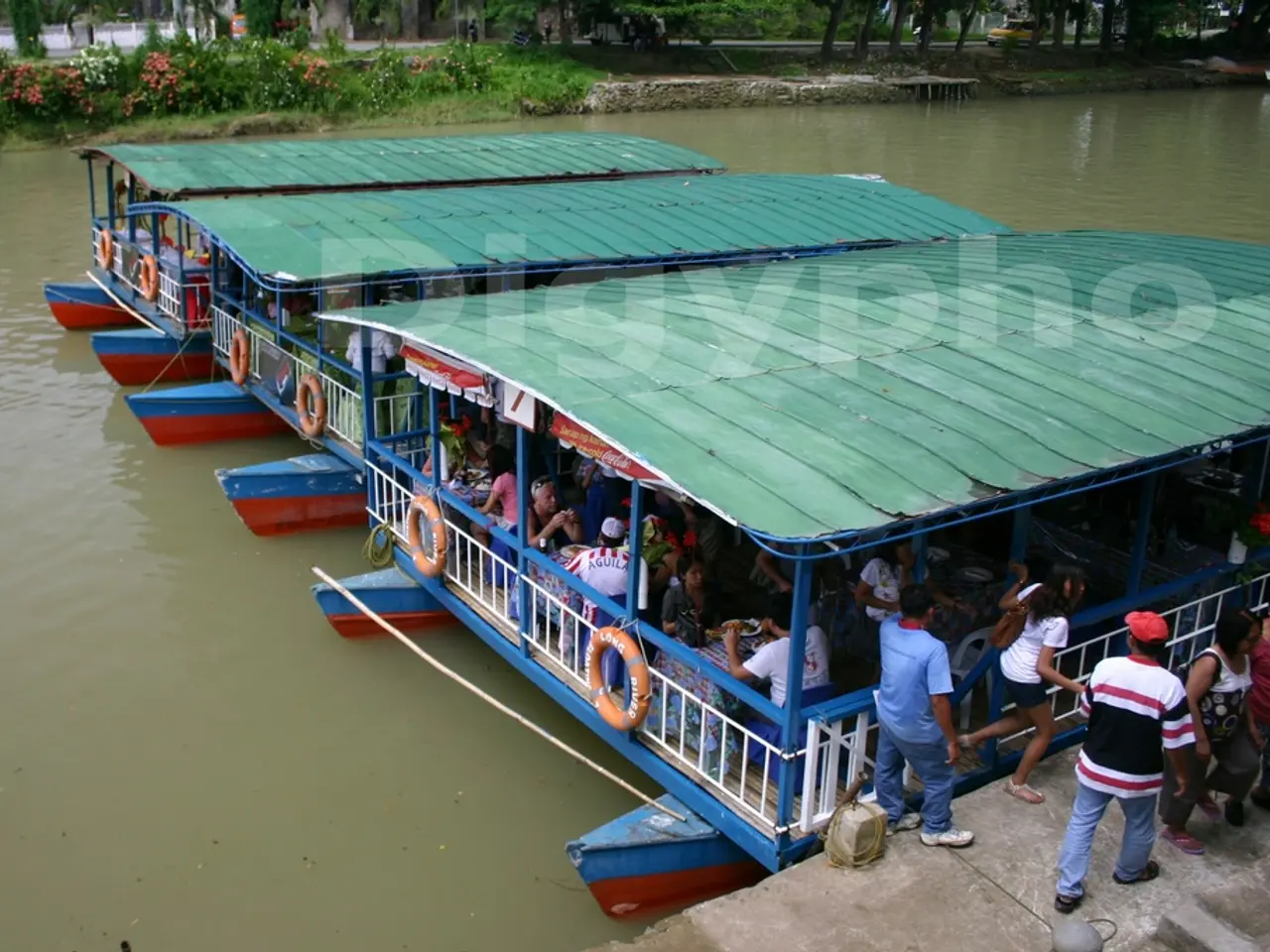Soft Robot Revolution: Navigates Multiple Terrains, Carries Cargo, Responds to Cues
Scientists have created a groundbreaking soft robot that can navigate diverse terrains, carry cargo, and respond to multiple environmental cues simultaneously. This innovative robot, weighing just 8 milligrams, could revolutionize rescue missions and exploration in complex environments.
The robot, developed by researchers led by Professors Chen Xin and Chen Yun, is made of a novel, multi-layered composite film that functions as an advanced 'artificial muscle'. This material allows the robot to perceive and respond to multiple environmental cues, such as magnetic fields, simultaneously, unlike current soft robots that often struggle with conflicting signals.
Guided by a magnetic field, the robot can climb slopes, transition seamlessly from underwater to land, and navigate complex obstacle courses. It can also transport cargo over multi-stage journeys and release it precisely using programmed shape changes. This versatility is a significant advancement in the field of soft robotics, which has traditionally struggled with robots operating in specialized niches and single environments.
The robot, weighing just 8 milligrams, can achieve speeds of up to 9.6 cm/s on water and can carry a payload 2.5 times its weight. Its soft, flexible body allows it to traverse confined spaces, interact safely with delicate environments, and biological tissues. This makes it ideal for tasks where precision, safety, and adaptability are crucial.
The development of this soft robot, published in the journal 'Science Robotics' by researchers led by Yujie Zou, marks a significant step forward in the field of soft robotics. Its ability to perceive and respond to multiple environmental cues simultaneously, combined with its versatility and adaptability, could pave the way for general-purpose robots capable of operating in complex environments and dangerous tasks.




